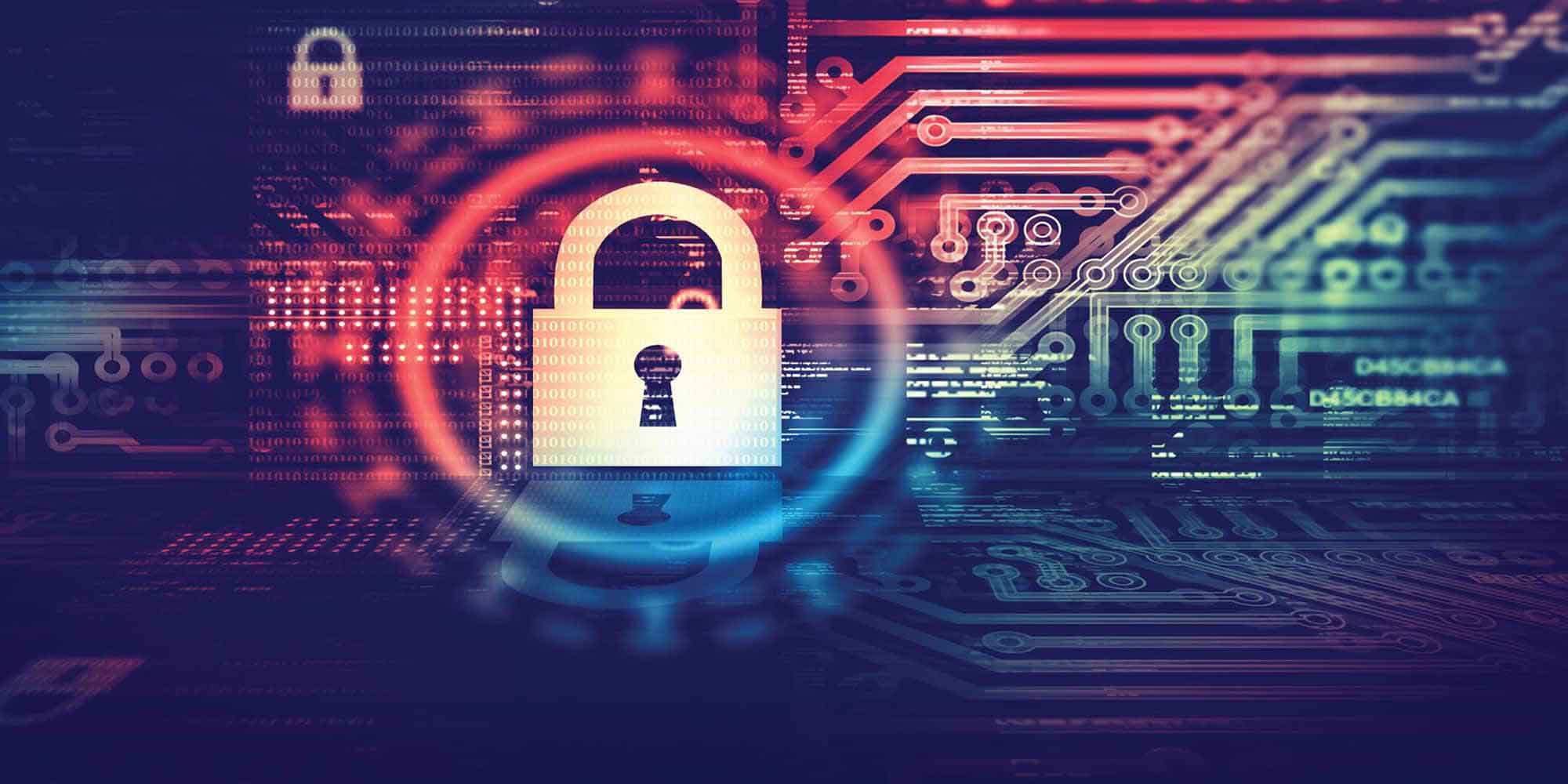
Preventing Human Errors in Data Breach
Data breach is one of the most critical digital business issues that is shaped through the information stacks. Human error is one of the main reasons for the emergence of data breach incidents.
Human-driven data breach caused by the activities that are done or not done by the professionals at your company in a digital setting may lead the organization to have disruption of business continuity and suffer from financial loss.
To prevent data breach incidents that may occur because of human errors and minimize potential damages, first, you must deep-dive into the source and reasons for the error.
Data Breach and Human Errors
Human errors in cybersecurity refers to wrong or unintentional activities that is lack of secure actions taken by corporate employees or users and both causes security breaches and spread of these breaches.
According to a study carried out by the Stanford University in the United States and researchers at the Tessian, cybersecurity company, in 2021, approximately 88% of data breach incidents are caused by human errors. The study result shows that, even in the third decade of the 21st century during which automation systems are rather augmented, the users' troubled online events are still the driving force behind major cybersecurity issues and leakage.
The Source of Human Errors: Skill and Decision-Making Mechanism
First of all, you should keep in mind that there is no limit to human errors. According to the data security literature created based on the study results, there are two main groups as the source of the errors. Talent-based errors and decision-making mechanism-based errors come up as the source of data breach types caused by human errors, and the distinction between these two groups is described as the sophistication level of the user that lets them carry out the correct activity.
-
Skill-Based Errors
A skill-based human error is caused by offsets and bypasses. Delay and negligence are the main reasons behind the talent-based errors referring to minor mistakes of corporate employees during a task or event that they are familiar with. In such a scenario, if your employees cannot take the right action even though they are aware this is the right one, it has something to do with reasons such as tiredness, attention deficit, density, and loss of motivation.
-
Decision-Based Errors
The reasons why your corporate employees make decision-based errors include many different aspects. A decision-based error is caused by the lack of knowledge and experience of the user, and the fact that the user is not at the sophistication level required for the special situation they face or the user decides not to do anything by avoiding taking on responsibility.
You can minimize human errors by utilizing automation that will improve your employees' cybersecurity awareness and direct them to secure activities.
The Psychology of Human Error
According to the study named “Psychology of Human Error”, if corporate employees encounters with an investigation and judging process, most tend to deny that they have made a mistake. The study also suggests that 50% of the employees are pretty sure they made a mistake that could jeopardize the security of the corporate data.
On the other hand, the employee's age distribution is very important in the management of human errors. According to the study, young employees are five times more likely to admit they have made a mistake. Whereas 50% of the employees between the ages of 18-30 admit they have made a mistake, only 10% of the employees above the age of 51 admit they have made a mistake.
The study also shows that 25% of the employees click a phishing email. Whereas 34% of male employees open emails intended for a phishing attack, this rate is 17% for female employees. Age is again an important factor in clicking these phishing emails. 8% of the employees above the age of 51 who participated in the sample of research open phishing emails, while 32% of the employees between the ages 31-40 do so.
Considering the result, it is becoming critically important for you to get a cybersecurity solution that is able to protect your corporate data successfully. Privileged Access Management (PAM) is one of the main methods that you can utilize for developing solutions for human errors.
PAM and Human Errors
Cybercriminals first try to capture the authorized and privileged accounts that have an access to your sensitive data to acquire corporate confidential files. This is where PAM comes into play to isolate the information of privileged users who have access to your data on the network, providing advanced protection with multilayer security applications.
That's how the user accounts are always under control. And this makes it easier to prevent human errors that can be made by authorized users and to subject employees to strict control. Four features in the fundamental components of the PAM prevent the emergence of data breaches caused by human errors.
-
Privileged Task Automation (PTA)
PTA automates the users' routine tasks to resolve service disruptions, delays, and security breach incidents. -
Dynamic Password Controller
This feature verifies all authorized sessions on your network and creates a fully encrypted infrastructure. The feature that also has a password vault function prevents authorized users from sharing their passwords and getting into the hands of cybercriminals. -
Two-Factor Authentication (2FA)
Different from regular authentication systems, 2FA requires time and geo-location verification for privileged access requests. That's how the ID of the users requesting access is verified securely, malware attempts are rejected. -
Dynamic Data Masking
This feature records and masks the data and all of the operations carried out by the privileged authorized accounts and network administrators. And all question marks about the activities on the network disappears.
Besides all we've introduced so far, we can also mention Zero-Trust and Least Privilege methods that are related to Privileged Access Management applications. The principle of Zero-Trust is "Never trust, always verify". According to that, companies never trust any digital intranet or extranet IDs and apply a comprehensive security check who requests access permission. When the Zero-Trust principle is used in integration with the PAM's structure checking privileged access permission, perfect results are obtained.
And the Principle of Least Principle (PoLP) is based on the principle of creating profiles on a different level to access to data. In this method where different users have different levels of access, special permission is requested for all network accesses for the purpose of protecting data. It is easier for you to get a cybersecurity solution when you use the PoLP and PAM in cooperation.
Our Privileged Access Management (PAM) product Single Connect has also distinctive modules including Privileged Session Manager and TACACS+ / RADIUS Unified Access Manager modules along with the four different modules we mentioned above.
With our comprehensive PAM product Single Connect that provides end-to-end protection to prevent human-driven data breach incidents, you can protect your corporate data and offer only certain users a privileged access opportunity.
To find out more about Single Connect and get an advanced cybersecurity solution, please contact us. And follow Kron Blog to reach recent and detailed news on data security.








